The Baby Electrolyte Market is currently characterized by a dynamic competitive landscape, driven by increasing awareness of infant hydration needs and the rising prevalence of gastrointestinal disorders among infants. Key players such as Pedialyte (US), Enfamil (US), and Gerber (US) are strategically positioned to leverage their established brand recognition and extensive distribution networks. These companies are focusing on innovation in product formulations, with an emphasis on natural ingredients and enhanced flavors to appeal to health-conscious parents. Furthermore, partnerships with healthcare professionals and pediatricians are becoming increasingly common, as these companies seek to bolster their credibility and reach within the market.
In terms of business tactics, companies are localizing manufacturing to reduce costs and improve supply chain efficiency. The Baby Electrolyte Market appears to be moderately fragmented, with several key players holding substantial market shares while also facing competition from smaller, niche brands. This competitive structure allows for a diverse range of products, catering to various consumer preferences and dietary needs, thereby enhancing overall market growth.
In August 2025, Pedialyte (US) launched a new line of organic electrolyte solutions aimed at infants, which reflects a growing trend towards organic and clean-label products. This strategic move not only aligns with consumer demand for healthier options but also positions Pedialyte as a leader in innovation within the sector. The introduction of this product line is likely to attract health-conscious parents, thereby expanding the company's market share.
In September 2025, Enfamil (US) announced a partnership with a leading pediatric health organization to promote awareness about the importance of hydration in infants. This collaboration is expected to enhance Enfamil's visibility and credibility in the market, potentially leading to increased sales. By aligning with trusted health authorities, Enfamil is likely to strengthen its brand loyalty among consumers, which is crucial in a market where trust plays a significant role in purchasing decisions.
In July 2025, Gerber (US) expanded its distribution channels by entering into a strategic alliance with major online retailers. This move is indicative of the ongoing shift towards e-commerce, particularly in the baby products sector. By enhancing its online presence, Gerber is likely to reach a broader audience, catering to the growing number of parents who prefer shopping online for convenience. This strategic action may also provide Gerber with valuable consumer insights, further informing product development and marketing strategies.
As of October 2025, the Baby Electrolyte Market is witnessing trends such as digitalization, sustainability, and the integration of artificial intelligence in product development and marketing strategies. Strategic alliances are increasingly shaping the competitive landscape, allowing companies to pool resources and expertise. Looking ahead, it appears that competitive differentiation will evolve from traditional price-based competition to a focus on innovation, technology, and supply chain reliability, as companies strive to meet the changing demands of health-conscious consumers.


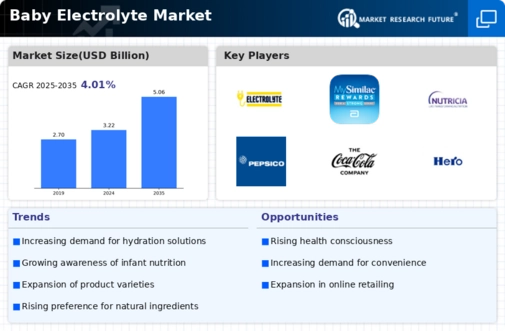
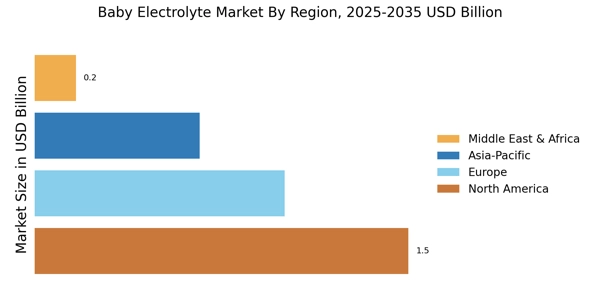
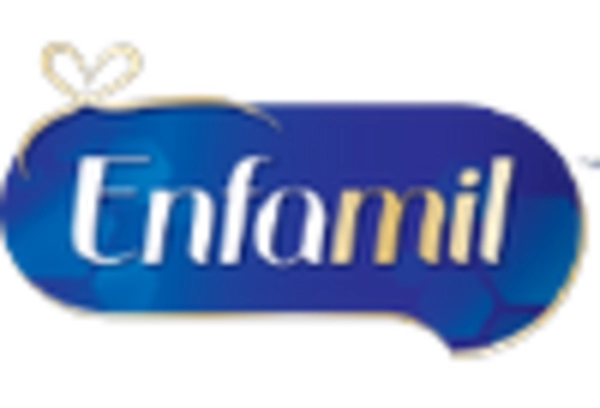
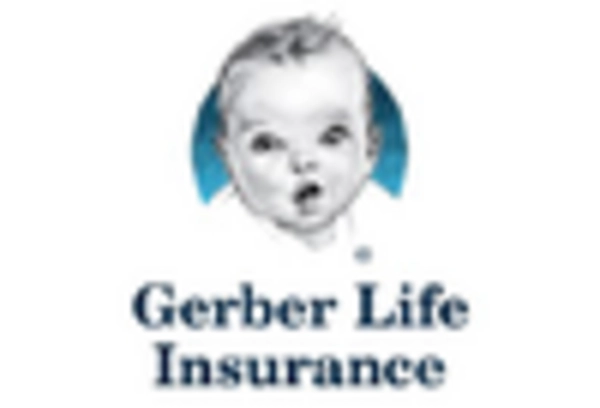
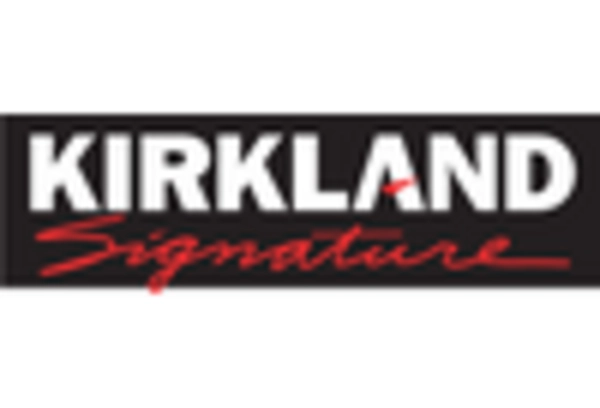
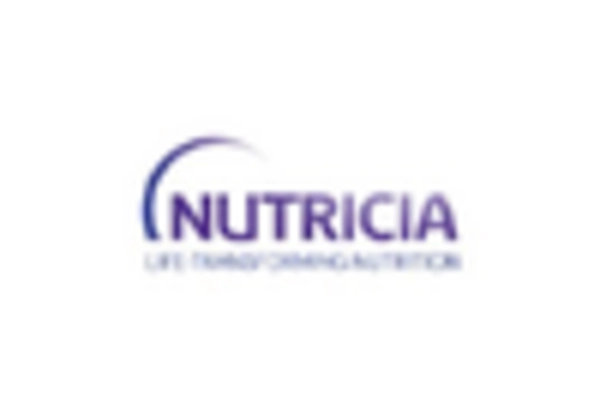
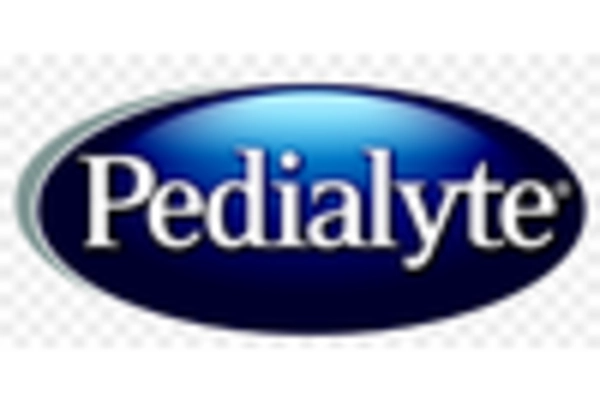
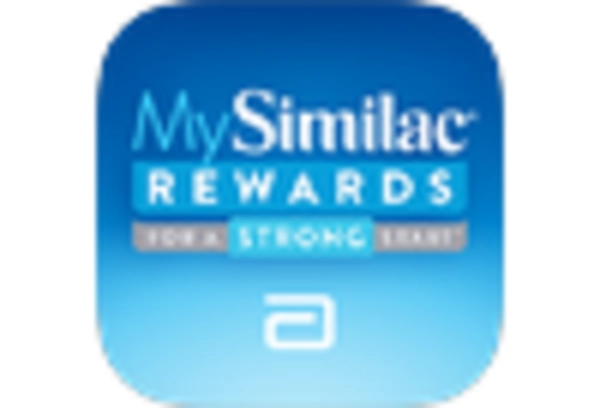








Leave a Comment